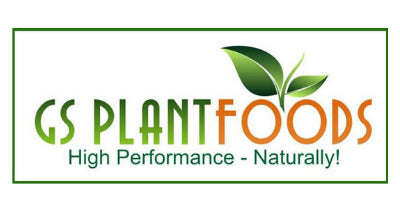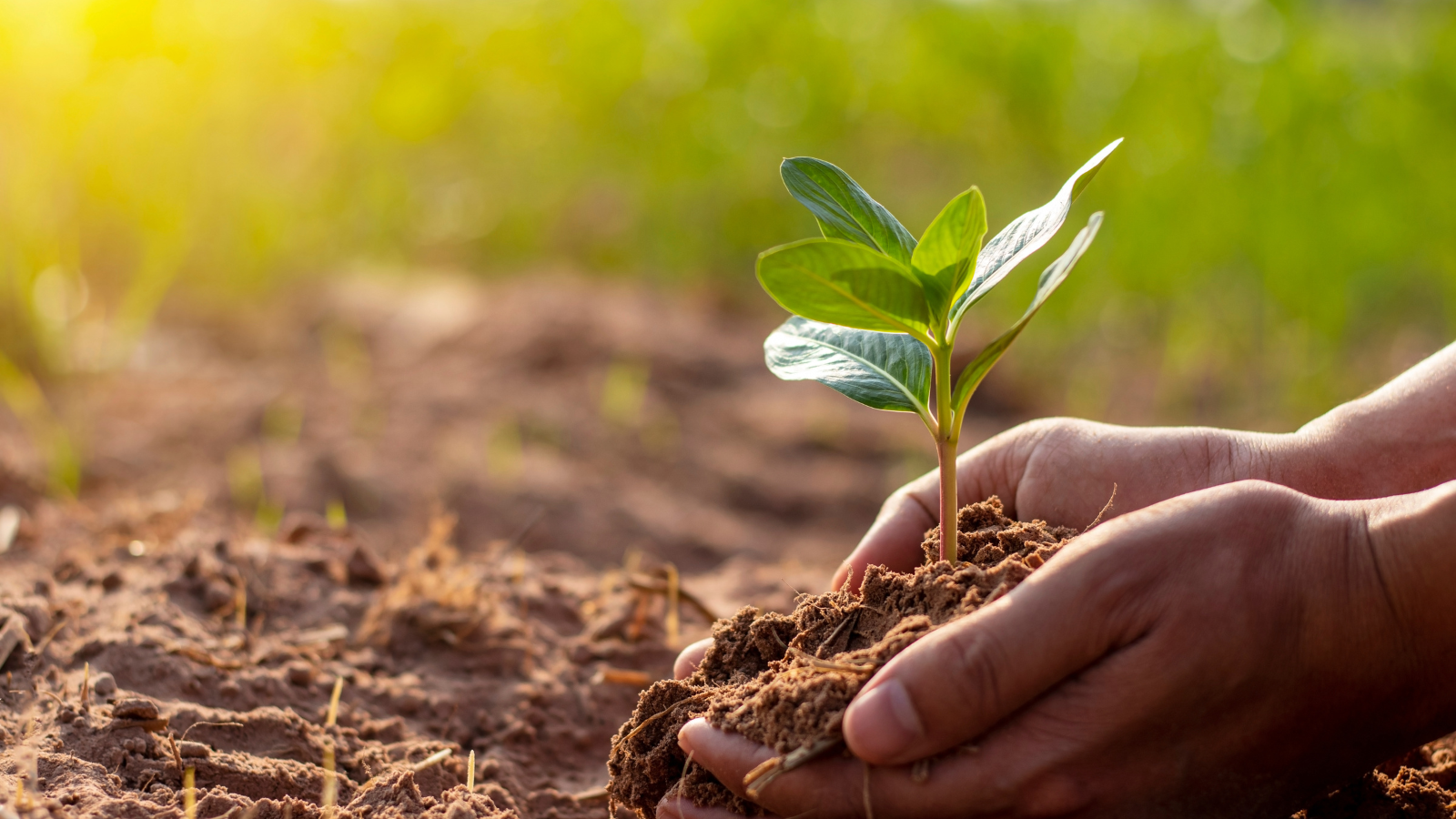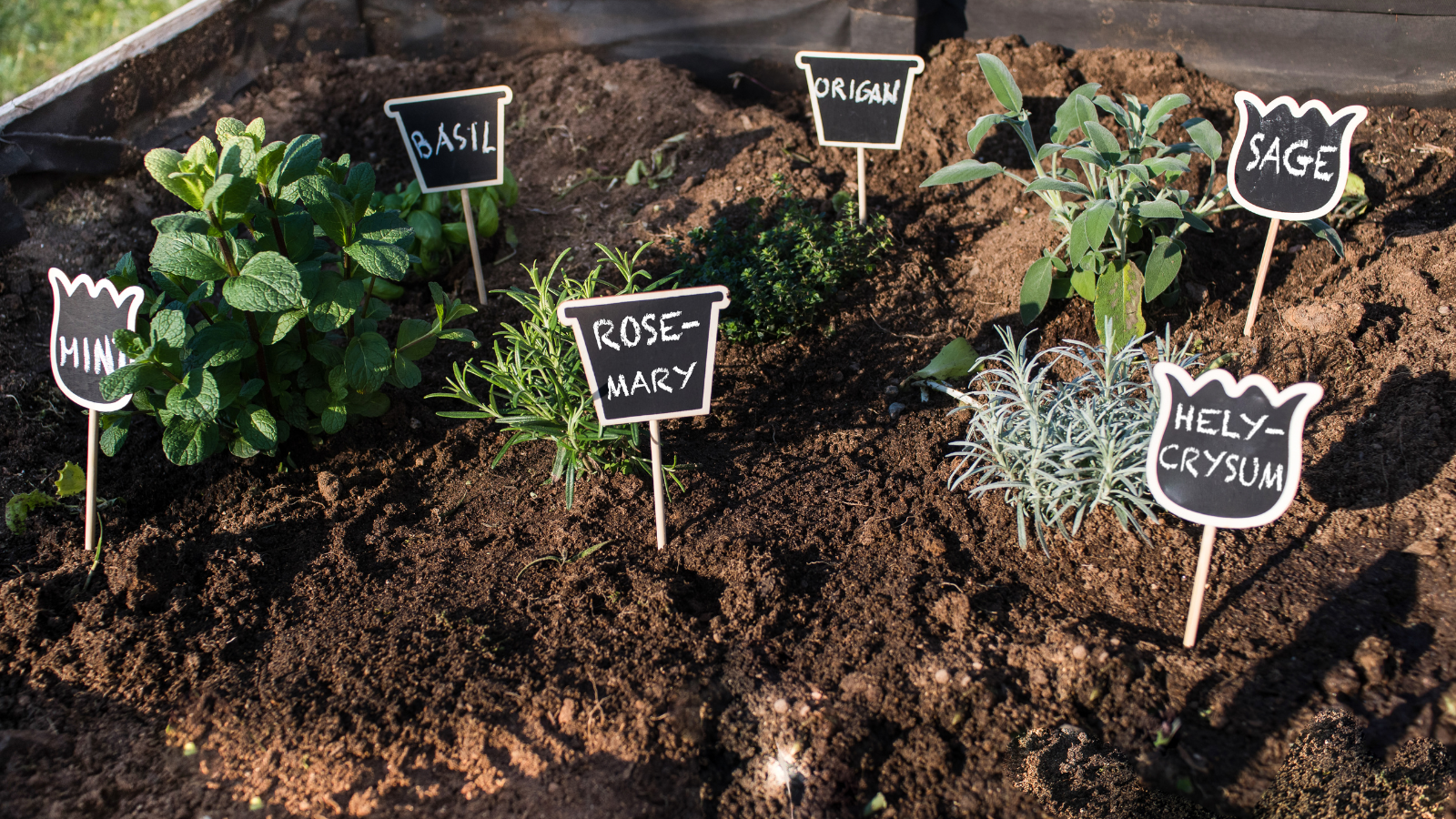Curious about organic liquid fertilizer and how it can boost your garden’s growth?
This guide breaks down what organic liquid fertilizer is, the benefits it offers, and how it works. We’ll also cover the best ways to apply it and recommend top brands to ensure your garden flourishes.
Among the trusted options on the market, GS Plant Foods stands out for its quality organic formulations that support strong, healthy growth naturally.
Organic liquid fertilizers provide quick nutrient absorption, promoting rapid plant growth and resilience.
Balanced NPK ratios in these fertilizers are key for healthy plant development, ensuring plants receive essential nutrients.
Proper application techniques, like foliar feeding and soil drenching, enhance nutrient delivery, making them effective for both novice and experienced gardeners.
Table of Contents:
-
Understanding Organic Liquid Fertilizer
-
How Organic Liquid Fertilizer Works
-
Application Techniques for Organic Liquid Fertilizers
-
Best Practices for Using Liquid Fertilizers
-
Benefits of Organic Liquid Fertilizers
-
Summary
-
Frequently Asked Questions
Understanding Organic Liquid Fertilizer
Organic liquid fertilizers are nutrient-dense, bioavailable solutions designed to provide plants with essential nutrients in a form that they can readily absorb.
Unlike traditional fertilizers that may take time to break down, liquid fertilizers get to work almost immediately.
This makes them particularly valuable throughout the entire lifespan of plants, from the delicate seedling stage to full maturity.
The beauty of organic liquid fertilizers lies in their versatility. They can be made from various organic matters, including compost and manure, or even homemade using green leaves or weeds.
This ensures that your plants get a rich supply of nutrients, promoting healthier growth and greater yields.
How Organic Liquid Fertilizer Works
The magic behind organic liquid fertilizers lies in their ability to enhance nutrient absorption, thanks to the organic matter and microorganisms they introduce into the soil.
These fertilizers work efficiently both through foliar feeding—where nutrients are absorbed directly through the leaves—and through the roots, leading to better plant vigor and stress resistance.
Nutrient absorption is a critical process for plant health and growth.
When you use organic liquid fertilizers, you’re ensuring that essential nutrients are not just present but are also readily available for uptake. This dual absorption capability makes them a potent tool in any gardener’s arsenal.
Fast Nutrient Uptake
One of the standout features of liquid organic fertilizers is their ability to provide a quick supply of nutrients.
Unlike solid fertilizers that require microbial breakdown, liquid fertilizers are immediately available to plants, leading to rapid growth responses.
This is particularly beneficial when plants need a quick nutrient boost, such as during periods of active growth or recovery from stress.

Balanced NPK Ratios
Balanced NPK ratios—nitrogen (N), phosphorus (P), and potassium (K)—are crucial for the optimal growth and development of plants.
Each of these nutrients plays a vital role: nitrogen promotes leafy growth, phosphorus supports root and flower development, and potassium enhances overall plant health and resilience.
Achieving the right balance of these nutrients in liquid fertilizers ensures that plants receive a well-rounded supply of what they need to flourish.
This balanced nutrient approach is key to maximizing yields and promoting healthy, vibrant growth in your garden.
Application Techniques for Organic Liquid Fertilizers
Applying organic liquid fertilizers correctly can significantly enhance nutrient delivery to your plants.
There are several effective methods, with foliar feeding and soil drenching being among the most popular.
These techniques ensure that nutrients are delivered directly where they are needed, whether it’s through the leaves or the root zone.
Liquid organic fertilizers are conveniently easy to apply, making them a favorite among both novice and experienced gardeners.
Let’s dive into the details of these application methods to understand how they can benefit your garden.
Foliar Feeding
Foliar feeding involves spraying liquid fertilizers directly onto the leaves, allowing for immediate nutrient uptake.
This method is particularly effective because the nutrients bypass the soil and are absorbed directly through the plant’s foliage. For best results, apply the fertilizers during the cooler parts of the day, such as early morning or late evening, to minimize evaporation and enhance nutrient uptake.

This technique is especially useful for addressing nutrient deficiencies quickly, as the plants can absorb the nutrients right away. It’s a great way to give your plants a quick boost when they need it most.
Soil Drenching
Soil drenching is another effective method for applying liquid fertilizers.
This involves applying the fertilizer directly to the soil around the plant’s root zone, ensuring that nutrients are readily available for uptake through the roots. This technique is beneficial for promoting overall plant health, as it provides a steady supply of nutrients directly to the roots.
Liquid fertilizers are absorbed more quickly than traditional granular options, which means your plants get the nutrients they need without delay.
This method is not only effective but also convenient for gardeners, ensuring that your plants always have access to essential water nutrients.
Best Practices for Using Liquid Fertilizers
Following best practices for using organic liquid fertilizers ensures you get the most out of them.
This includes understanding the specific needs of your plants and adjusting application methods accordingly. Integrating liquid fertilizers into your irrigation system can ensure uniform distribution and consistent nutrient supply.
Remember, the key to effective fertilization is applying the right amount at the right time.
Over-fertilization can lead to nutrient buildup in the soil, which can be harmful to plants. Monitoring plant response and adjusting your approach as needed is crucial for optimal results.
Dosage Recommendations
The optimal dosage of liquid fertilizer varies depending on the type of plant and its growth stage.
For instance, seedlings have different nutrient needs compared to mature plants. Follow the dosage recommendations on the product labels to provide your plants with the right amount of nutrients without causing harm.
Typically, liquid fertilizers are applied every 4-6 weeks during active growing periods. Adjusting the dosage based on your plant’s specific needs will help you achieve the best results.
Application Frequency
Regular application of liquid fertilizers is generally more beneficial than one-time heavy doses. These fertilizers can be applied frequently without the risk of burning plants, which is a common issue with synthetic options.
Ensuring a consistent supply of nutrients helps maintain healthy plant growth for a longer period.
Monitoring how your plants respond to the fertilizers will help you determine the ideal application frequency.
This way, you can adjust your approach to meet the specific needs of your garden.
Benefits of Organic Liquid Fertilizers
Organic liquid fertilizers offer a multitude of benefits that make them an excellent choice for gardeners.
They support soil health by nourishing beneficial microbes, which are essential for maintaining soil vitality. These fertilizers are eco-friendly and made from natural ingredients, making them safe for pets and wildlife.

Liquid organic fertilizers not only promote environmental health but also enhance flower production and boost fruit and vegetable yields.
They promote robust growth by providing essential nutrients, especially benefiting leafy plants like tomatoes and cucumbers.
Summary
Organic liquid fertilizers are a game-changer for any gardener looking to improve plant health and boost yields.
By understanding how these fertilizers work, the best application techniques, and the top brands available, you can make informed decisions that will benefit your garden.
Embrace the power of organic liquid fertilizers and watch your garden flourish.
With the knowledge and tips provided in this guide, you’re well on your way to creating a thriving, eco-friendly garden.
Frequently Asked Questions
What makes organic liquid fertilizers different from traditional fertilizers?
Organic liquid fertilizers stand out because they are nutrient-dense and bioavailable, allowing plants to access nutrients immediately without waiting for microbial breakdown. This means your plants can thrive faster!
How often should I apply liquid fertilizers to my plants?
You should apply liquid fertilizers every 4-6 weeks during active growth periods, but keep an eye on your plants' specific needs for the best results.
Are organic liquid fertilizers safe for pets and wildlife?
Absolutely, organic liquid fertilizers are generally safe for pets and wildlife since they're made from natural ingredients.
Can I use organic liquid fertilizers on all types of plants?
Absolutely, you can use organic liquid fertilizers on all types of plants, from seedlings to mature ones. Just make sure to follow the application guidelines for the best results!






Share:
A Simple Guide to Growing Plants with Natural Fertilizers
Liquid Fertilizer That Makes Grass Greener